Some founders stumble into the frontier. Others live there by instinct. Stefano Ermon, an Italian-born scientist, Stanford professor, and co-founder of Inception, is firmly in the second camp.
Stefano was working on the foundations of generative AI long before it became a phrase on every investor deck and conference stage.
Well before diffusion models became the engine of image and video generation, he was theorizing, building, and publishing in a niche corner of AI research that few believed would matter.
Today, that corner has become the epicenter of a new technological revolution, and Inception, Stefano’s company, is betting on a radically different future for large language models. This is the story behind it.
Listen to the full podcast episode and review the transcript here.
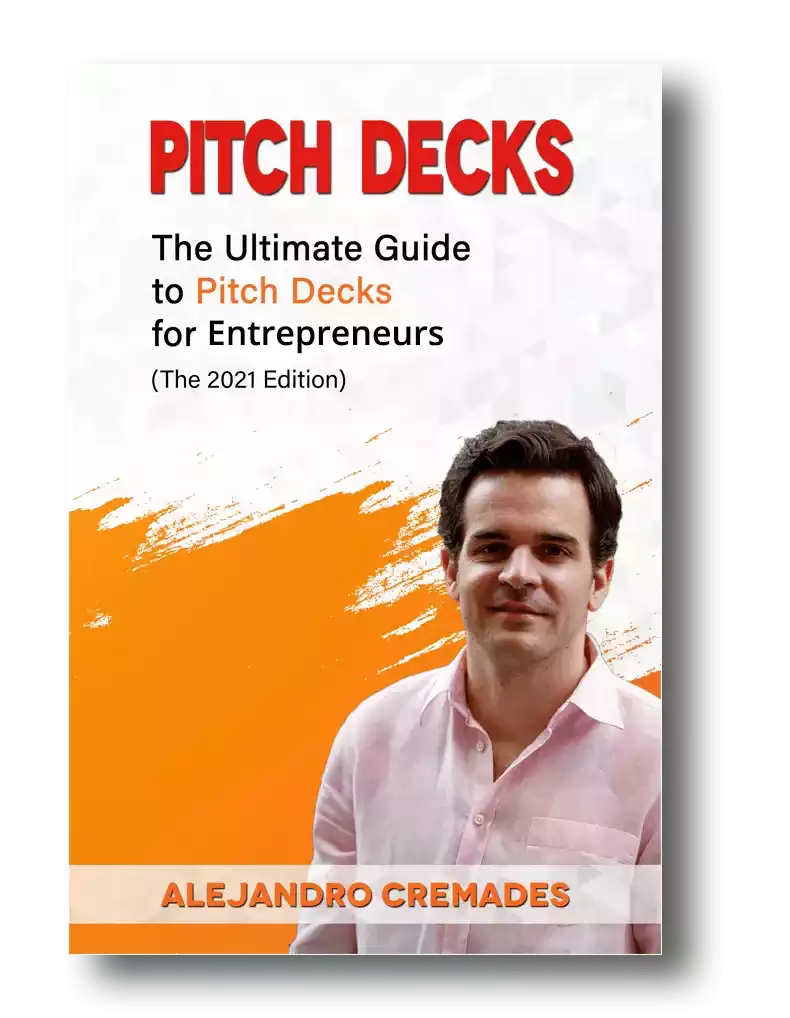
*FREE DOWNLOAD*
The Ultimate Guide To Pitch Decks
A Childhood in the Alps and an Early Love for Building Things
Stefano grew up in a tiny mountain village in northeastern Italy, a world away from Silicon Valley. With just a few hundred people and small local schools, it was the kind of place where you spent your afternoons outdoors, skiing, exploring, and tinkering.
Stefano attributes his curiosity to his father, who loved science, experiments, and building things. Together they mixed chemicals, played with circuits, and constructed small projects from scratch. That early exposure became a blueprint: touch the world, shape it, build it.
It wasn’t just learning; it was problem-solving as a way of life. Even back then, Stefano was keenly interested in studying, artificial intelligence, coding, and building computers.
The Leap From Italy to U.S. Academia
Though passionate about computers, Stefano chose electrical engineering in college because he wanted to understand computing at the hardware level. “Building everything from scratch has always been my thing,” as he puts it.
A turning point arrived during his master’s thesis in Italy. His advisor, Gianfranco Bilardi, who had spent years at Cornell, told him bluntly: “If you really want to be at the forefront of research, you need to go to the United States.”
That comment changed everything. Although he had never traveled to the US before, Stefano applied to several PhD programs, took the TOEFL and the GRE, and submitted applications. He was accepted to multiple programs and ultimately chose Cornell.
Stefano was strongly influenced by his advisor’s experience and the strength of the program. Thus, he boarded a plane for his first-ever trip to the US. His destination: Ithaca, New York. What started as curiosity became a path.
The Research Mindset Fueled by Curiosity – Defining Artificial Intelligence
As Stefano recalls, he had always been curious, wanting to learn and learn some more. He wanted to figure out how to do things himself and solve problems no one had ever solved, ranging from puzzles to computer games and math problems.
Stefano loved challenges, which drew him to research, where there’s “no shortage of problems,” as he puts it. Specifically, he had always believed that artificial intelligence was the biggest problem humanity had ever worked on.
From Stefano’s perspective, nothing is more important than building a machine that effectively imitates human intelligence. That seemed like the ultimate kind of research question.
Since high school, Stefano had always gravitated toward neuroscience, understanding how the brain works, what intelligence is, and how to build something as intelligent as a person. Asked how he would define artificial intelligence, he admits that’s a tricky question.
Stefano quotes, “There’s a saying in the field where we say, if it works, it’s not AI.” It’s almost like the goalpost keeps shifting, and that’s probably the most natural definition. It’s an imitation game, and if you cannot distinguish the machine or artificial intelligence from a person, you’ve achieved your goal.
Whether it’s communication with the entity or getting it to do work, it’s about building something that generates value compared to a human, in terms of its behavior and performance, as Stefano says.
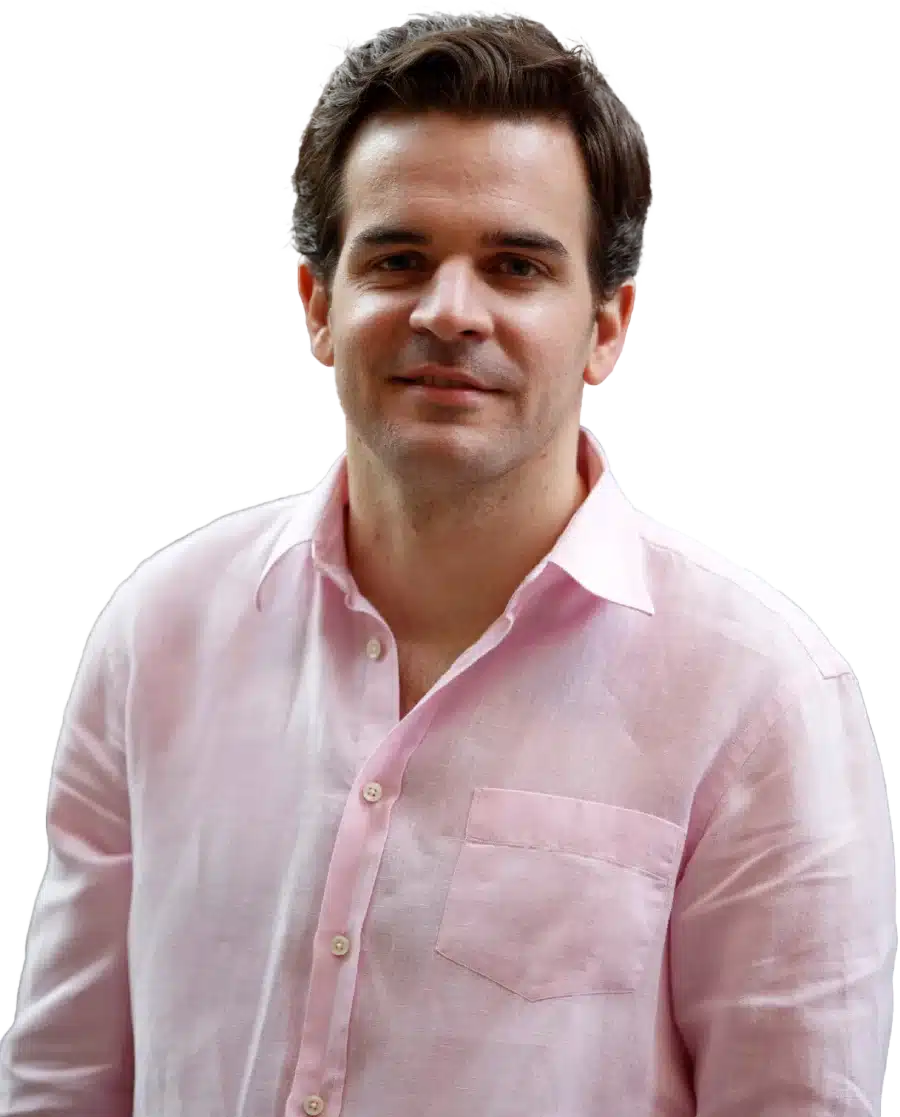
Raise Capital Smarter, Not Harder
- AI Investor Matching: Get instantly connected with the right investors
- Pitch & Financial Model Tools: Sharpen your story with battle-tested frameworks
- Proven Results: Founders are closing 3× faster using StartupFundraising.com
Cornell to Stanford: Catching the Startup Fever
Cornell nurtured his academic foundation, but 10 years at Stanford shaped his entrepreneurial mindset. At Cornell, he immersed himself in research. People here were not necessarily thinking about the implications, impacts, and business opportunities that technology could create.
Stanford was the opposite, leaning more toward commercialization. The entire ecosystem buzzed with ambition, ideas, and the belief that anything could be turned into something world-changing. Undergrads, grad students, professors—everyone was thinking about impact.
“The energy and culture here are incredible,” Stefano says. “You can see why innovation flourishes. There’s no bureaucracy and red tape. Things move fast.” At first, he didn’t consider building a company. But the longer he stayed, the more the startup mindset seeped in.
His time at Stanford turned Stefano from an academic researcher into an accidental entrepreneur. “The startup fever is contagious, and anyone who spends enough time at Stanford eventually ends up doing a startup,” he opines. You just can’t avoid it.
In retrospect, Stefano talks about the culture shock he experienced when he moved from Italy to the US. In Italy, people usually end up becoming lawyers or doctors, though things are changing today.
However, on US campuses, people just get into a cafe and start brainstorming the future together and how to change things. Stefano loved the dynamism and how people are open to taking risks, trying new things, breaking things, and thinking big. Particularly, he loved how they moved quickly.
Ahead of the Curve: The Early Days of Generative AI
Stefano traces the sequence of events that led him to take action and make an incredible career shift. He had been at Stanford for 10 years, working on what they called generative models, which is now called generative AI. This was years before diffusion models became mainstream.
At the time, the field wasn’t glamorous. Funding was limited, and publishing was difficult. Most people didn’t understand why anyone would care about machines generating images or text, Stefano recalls. But he did. He saw the future before the world caught up.
As Stefano points out, to build real-world AI systems, they needed to leverage as much data as possible. And it had to be done without supervision because that was the only way to make things more scalable.
Stefano considers himself lucky because he was early in the field and his research group at Stanford has already made a few key technical contributions. They had developed a bunch of algorithms and models that are now being widely deployed and used in the industry.
More specifically, in 2019, Stefano’s lab introduced a breakthrough: diffusion models, the backbone technology now used by Sora models, MidJourney, OpenAI, Stable Diffusion, and virtually every cutting-edge image- and video-generative system.
The Big Breakthrough in Text Generation
Since creating the initial technology, Stefano had been trying to get the diffusion models to work, not just on image generation and video generation, but also on text and code generation. Or, the kind of things that can be accomplished with a typical large language model, like ChatGPT, Gemini, or Claude.
Until Stefano’s team cracked it.
Last year, they discovered a way to adapt diffusion methods to text generation, and the performance matched GPT-2-scale autoregressive, less-than-a-billion models, but with major advantages. They were 10x faster with parallel generation, efficiency on GPUs/TPUs, and delivered high-quality outputs.
Traditional LLMs (like GPT, Gemini, or Claude) generate text one word at a time. That makes them inherently slow, sequential, and expensive. As Stefano points out, it’s a structural bottleneck that can’t be avoided. Diffusion language models take a different approach.
They are built to be parallel and take advantage of GPUs and TPUs, much like parallel hardware. The neural network no longer generates one word at a time. Instead, it starts with a rough guess and refines it in parallel, updating multiple words simultaneously.
This speed advantage creates new possibilities—especially in enterprise use cases where latency matters. That breakthrough became the spark for Inception. Stefano quickly realized that doing this in academia was very challenging because of the resources needed to train bigger models.
They would also need engineering teams and massive volumes of data to build a production ready system. They also needed much more coordination.
The Birth of Inception: A New Stack for LLMs
Stefano was excited about the technical results and saw a huge opportunity. He realized that LLMs are at the core of the Gen AI revolution. Nearly every LLM company was building the same autoregressive architecture, and investors were hungry for AI breakthroughs.
Stefano was convinced they had something better. He could do it the Stanford way–take the risk, and go out and build it himself. Thus, Inception was born from the desire to create a different foundation for AI. Stefano and his team spent the initial six to nine months just developing the technology.
Initially, it was all about research and development, scaling up their ideas and building a commercial-scale diffusion language model. The Inception flagship model, Mercury, became the world’s first commercial-scale diffusion language model.
This model is a direct alternative to ChatGPT, Gemini, and Claude, built on a fundamentally different technology stack.
The Business Model: Enterprise AI at the Speed of Thought
Inception sells access to Mercury through an API platform. Its business model involves marketing to enterprise customers and developers worldwide who are building Gen AI applications on top of these diffusion language models. Stefano’s pitch is simple but powerful. Mercury is
- Faster than today’s LLMs
- Cheaper to run
- Higher quality in latency-sensitive tasks
- Perfectly built for enterprise-grade deployments
Use cases are already gaining traction, and their customer base includes Fortune 500 companies:
- Code autocomplete & AI-assisted vibe coding for faster, better coding. Inception models can suggest code completions and highlight changes needed in the code base.
- Developer tools and IDE integrations. They are already deployed as the default model across a variety of coding IDEs because they deliver superior performance. If you need to give a developer a quick answer, diffusion-alloy LLMs are the way to go.
- High-volume, low-latency enterprise apps that run much faster and deliver higher quality than competing autoregressive models.
Developers don’t want to wait for an answer. Businesses don’t want to pay for inefficiency. Inception sits perfectly at the intersection of both. Mercury is already the default model in several coding environments, chosen for its better performance and faster response time.
As Stefano explains, developing the Inception technology is something he has been working on at Stanford for a while. It wasn’t much different in terms of R&D and experimenting with other approaches, GPUs, and algorithms. Only the scale was much larger.
The technology no longer involves a single or a couple of graduate students writing PhD-level code or research-grade code that breaks all the time. Here, the expectations, in terms of the quality of the code and the way the systems are developed, are very different.
Inception now has a large team working toward the same goal, rather than a typical academic or lab structure where each student works on their own thing. The team is laser-focused on a single goal.
A $50 Million Seed Round and the Backing of Titans
Building next-generation AI models isn’t cheap. Training runs cost millions. Scaling infrastructure requires world-class engineers and GPUs. Thankfully, investor appetite matched the ambition.
Stefano reveals that securing the right resources and capital hasn’t been too difficult, thanks to his Stanford background. He had several connections with venture capitalists and other entities that recognized the uniqueness of his models and the value proposition he offered.
Stefano partnered with Navin Chadha at Mayfield, who has deep ties with Stanford and understands the Inception model. Now, Inception’s cap table includes Menlo Ventures (lead), as well as other key VCs and strategics, including Microsoft, Nvidia, Databricks, and Snowflake.
This is not just capital; it’s a coalition of strategic powerhouses that see significant potential in the Inception technology and a future where fusion language models will become the standard for LLMs and generative AI solutions.
The $50M seed round positions Inception among the most heavily funded AI startups at this early stage. Stefano considers himself fortunate to be surrounded by high-caliber individuals.
Storytelling is everything that Stefano Ermon was able to master. The key is capturing the essence of what you are doing in 15 to 20 slides. For a winning deck, take a look at the pitch deck template created by Peter Thiel, Silicon Valley legend (see it here), where the most critical slides are highlighted.
Remember to unlock the pitch deck template that founders worldwide are using to raise millions below.
The Future They’re Building: AI That Feels Like Magic
Stefano has a bold vision: “AI should be as fast as human thought.” He envisions a world where AI is super efficient and available to and empowering every business. AI should be high quality, robust, reliable, and almost feel like magic.
If he could go back one year and speak to the version of himself preparing to start Inception, Stefano would say, “People are the most important thing. Surround yourself with great people and everything becomes possible.” In the end, the technology matters—but the team determines how far it goes.
Anyone can test the model through the Inception playground at: chat.inceptionlabs.ai
Conclusion: From Alpine Curiosity to AI’s Next Frontier
Stefano’s journey is a reminder that innovation doesn’t always come from predictable places. As his vision becomes reality, the future will be faster, smarter, and more magical than anything we’ve experienced so far.
Listen to the full podcast episode to know more, including:
- Stefano Ermon pioneered generative AI long before it became mainstream, laying the foundations for the diffusion models used globally today.
- His journey from an Alpine village to Stanford reflects relentless curiosity, deep problem-solving instincts, and a love for building things from scratch.
- A decade at Stanford transformed him from a pure researcher into an entrepreneur ready to commercialize groundbreaking AI.
- His team’s breakthrough—adapting diffusion models to text—enabled 10x-faster, parallel language generation that outperforms autoregressive LLMs.
- Inception’s flagship model, Mercury, offers enterprise-grade speed, efficiency, and quality, already powering Fortune 500 developer tools and coding environments.
- A $50M seed round backed by Microsoft, Nvidia, Databricks, Snowflake, and top VCs underscores the market’s belief in Inception’s radically different AI stack.
- Stefano’s greatest lesson: surround yourself with exceptional people because world-changing technology only becomes reality through the right team.
SUBSCRIBE ON:
Keep in mind that storytelling is everything in fundraising. In this regard, for a winning pitch deck to help you, take a look at the template created by Peter Thiel, the Silicon Valley legend (see it here), which I recently covered. Thiel was the first angel investor in Facebook with a $500K check that turned into more than $1 billion in cash.

*FREE DOWNLOAD*
The Ultimate Guide To Pitch Decks
Remember to unlock for free the pitch deck template that founders worldwide are using to raise millions below.
Podcast: Play in new window | Download
Subscribe: Apple Podcasts | Spotify | TuneIn | RSS | More

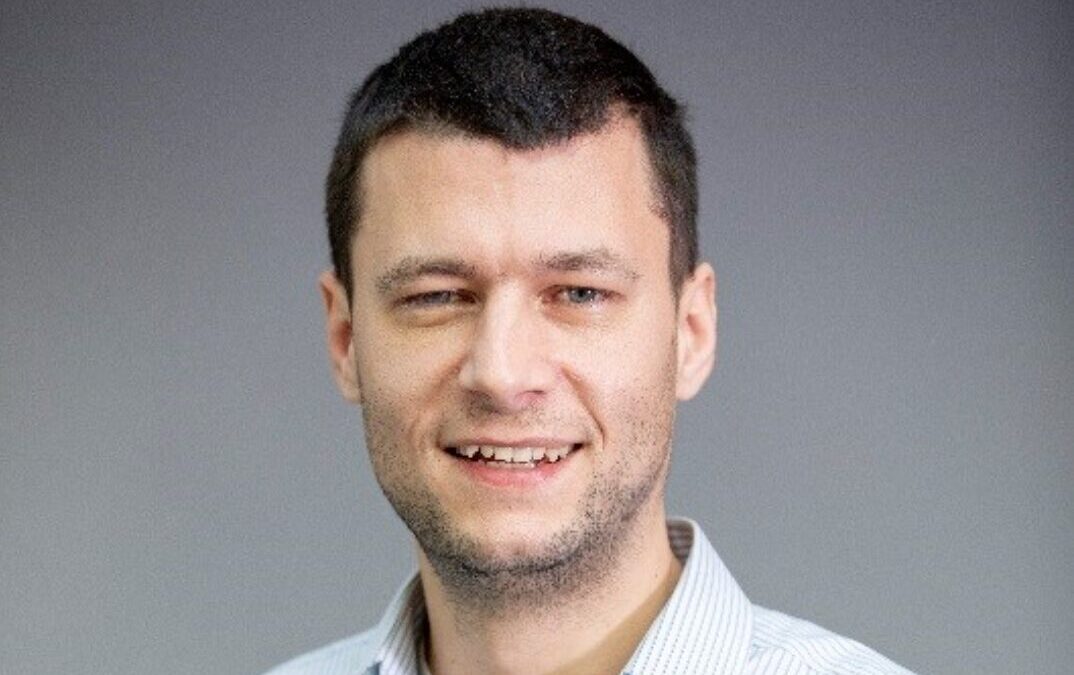
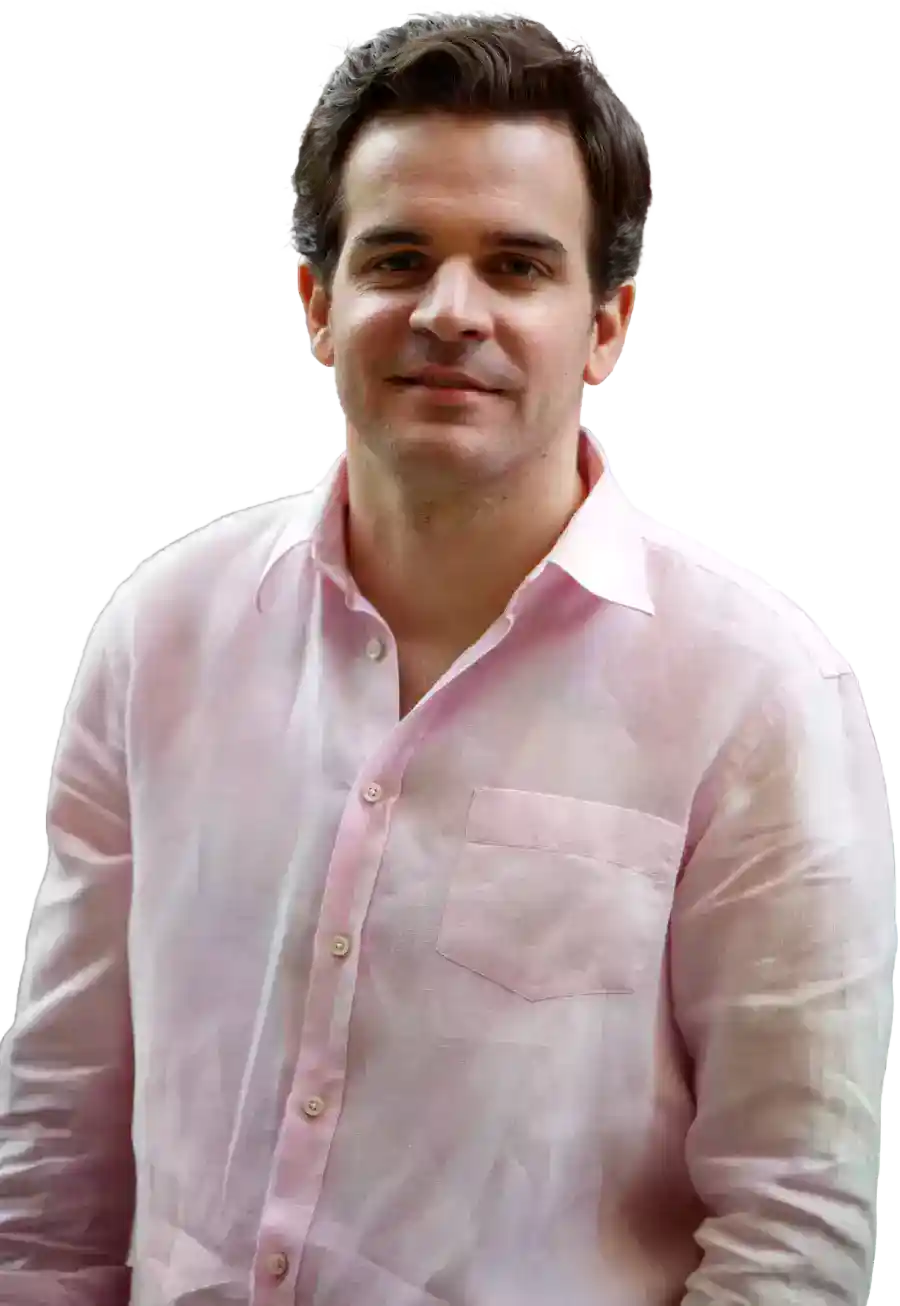

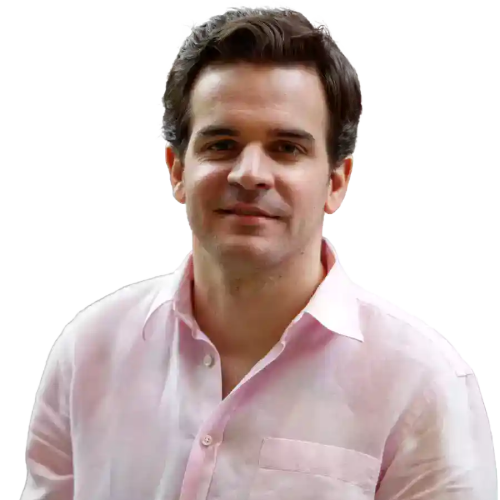
Facebook Comments